Stewardship is an attitude. It is the understanding that what we do on land affects our lakes. It is recognition that lakes are vulnerable and in order for them to thrive we must become educated about their natural dynamics and assume responsibility for their care.
 1. Our Lake is a living freshwater ecosystem. Developing a basic understanding of a lake’s ecosystem is an important first step in preserving and protecting this fragile freshwater resource. Visit “Water on the Web” at www.waterontheweb.org to learn more about lake ecology.
1. Our Lake is a living freshwater ecosystem. Developing a basic understanding of a lake’s ecosystem is an important first step in preserving and protecting this fragile freshwater resource. Visit “Water on the Web” at www.waterontheweb.org to learn more about lake ecology.
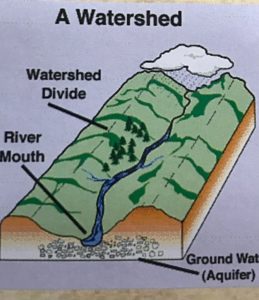 2. Understand the watershed in which your lake is located. We are in the Tiffin Subbasin and the Lime Creek-Bean Creek Watershed. The Devil’s and Round Lake LPL has made a watershed map available to members (available at LPL meetings). By exploring the wetlands, streams, and rivers in our watershed you will begin to develop an understanding of how these features directly affect the overall quality of our lakes. To learn more go to: www.epa.gov/watertrain
2. Understand the watershed in which your lake is located. We are in the Tiffin Subbasin and the Lime Creek-Bean Creek Watershed. The Devil’s and Round Lake LPL has made a watershed map available to members (available at LPL meetings). By exploring the wetlands, streams, and rivers in our watershed you will begin to develop an understanding of how these features directly affect the overall quality of our lakes. To learn more go to: www.epa.gov/watertrain
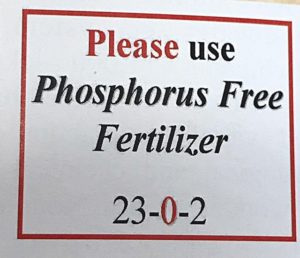 3. Use Phosphorus free fertilizer. As you learn about your lake, you will soon discover that excess nutrients can degrade freshwater quality. Phosphorus supplemented lawn fertilizers have been identified as a prime source of excess nutrients. Most lawn care companies have developed effective alternatives for riparians concerned about the health of their lake. To learn about caring for your lakefront lawn go to: www.dephosphatefree.org
3. Use Phosphorus free fertilizer. As you learn about your lake, you will soon discover that excess nutrients can degrade freshwater quality. Phosphorus supplemented lawn fertilizers have been identified as a prime source of excess nutrients. Most lawn care companies have developed effective alternatives for riparians concerned about the health of their lake. To learn about caring for your lakefront lawn go to: www.dephosphatefree.org
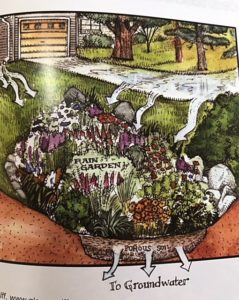 4. Create a rain garden to try to restore the vegetative cover and natural woody structure that once provided an effective natural buffer between the water’s edge and the surrounding land. For information on creating a rain garden visit: www.raingardens.org
4. Create a rain garden to try to restore the vegetative cover and natural woody structure that once provided an effective natural buffer between the water’s edge and the surrounding land. For information on creating a rain garden visit: www.raingardens.org
 5. Revitalize your shoreline to include native vegetation. Like a rain garden, these buffers are designed to filter sediment, fertilizer, and pollutants from the water before it runs into the lake. Visit www.mishorlinepartnership.org for more information.
5. Revitalize your shoreline to include native vegetation. Like a rain garden, these buffers are designed to filter sediment, fertilizer, and pollutants from the water before it runs into the lake. Visit www.mishorlinepartnership.org for more information.
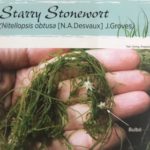
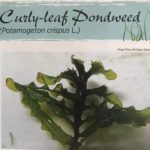 6. Learn to identify exotic species found in lakes. The most effective strategy for riparians is to detect and manage exotic infestations while they are still in the early stages. To learn more about aquatic invasive species and what you can do to prevent or slow the spread of these destructive invaders visit www.miseagrant.umich.edu.
6. Learn to identify exotic species found in lakes. The most effective strategy for riparians is to detect and manage exotic infestations while they are still in the early stages. To learn more about aquatic invasive species and what you can do to prevent or slow the spread of these destructive invaders visit www.miseagrant.umich.edu.
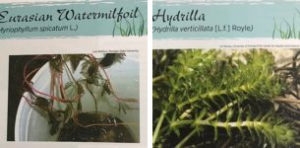
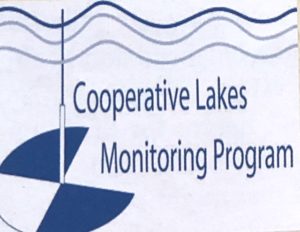 7. Enroll in the Cooperative Lakes Monitoring Program which allows you to collect important data about your Lake using local volunteers. To date Dr. Jim Martin, Adrian College Professor of Biology is performing tests on Round Lake and John and Cheryl Zuelke on Devil’s.
7. Enroll in the Cooperative Lakes Monitoring Program which allows you to collect important data about your Lake using local volunteers. To date Dr. Jim Martin, Adrian College Professor of Biology is performing tests on Round Lake and John and Cheryl Zuelke on Devil’s.
Sadly, the state funding of this program is now in jeopardy after many years and we need to contact our state reps to ask them to resume funding. Visit the CLMP website at:
The Michigan Lake Stewardship Assn. is a non-profit, state-wide organization dedicated to the management of Michigan’s lakes. With your yearly dues to the Devil’s and Round Lake Preservation League you receive a subscription to The Michigan Riparian, the MLSA’s publication. To learn more about this organization visit: www.mymlsa.org
